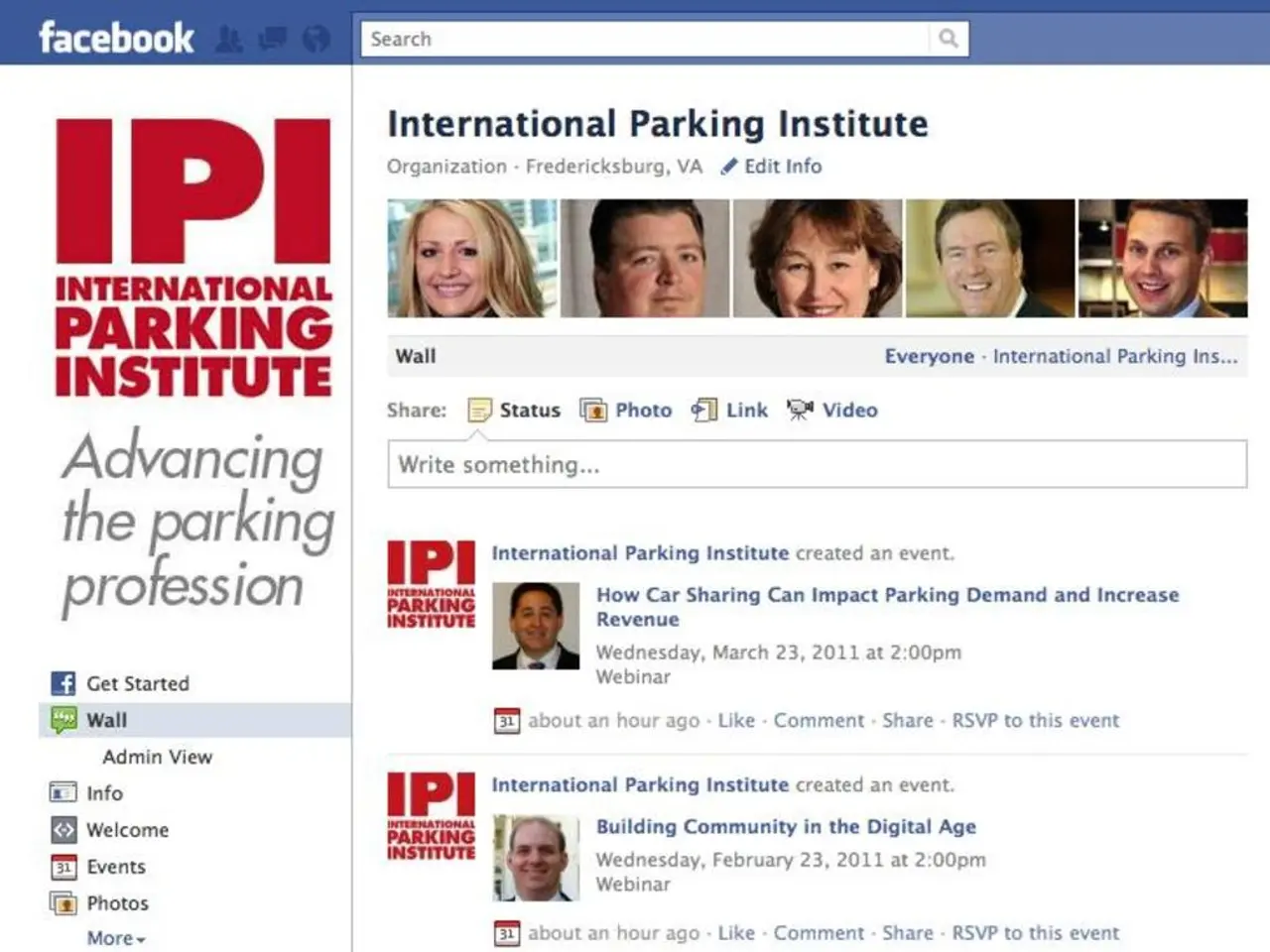Breaking Norms: Why So Many are Embracing Therapy Today
Have all of you started undergoing psychotherapy?
In the past, whispering about visiting a therapist was common, especially among Baby Boomers. But times have changed. Today, conversations about therapy are becoming more and more frequent, especially among Millennials and younger generations. People dealing with burnout, depression, anxiety, or panic attacks are seeking help, no longer staying silent about their struggles. Is this a sign of society becoming more open to psychotherapy? Or are we just dealing with more issues today?
The pressure and mental strain are undeniable. The demand for psychotherapy is high. According to the German Association of Psychotherapists (BPtK), this demand has nearly doubled in the past 20 years [1]. Around 20 million people in Germany fall ill with a mental illness each year [1]. However, only 1.9 million mentally ill people receive annual outpatient psychotherapeutic treatment.
The Shift in Society's View
While the need far from met, society's perspective on psychotherapy has changed significantly. Back in the early 1990s, only 54.7% of respondents thought that psychotherapy should be recommended for treating depression, but that number increased to 70% in 2001. In a 2018 survey by the German Depression Aid Foundation, 94% of respondents believed that depression should be treated psychotherapeutically [1].
Faster Help-Seeking Today
The stigma of psychotherapy is decreasing, although it's still not entirely gone. Nevertheless, it's becoming clearer that more people are seeking help faster than before. Dr. Johanna Thünker of the German Association of Psychologists (BDP) says, "More people who have always needed treatment are now willing to claim it" [2]. This includes groups for whom therapy would have never been an option in the past - such as older generations.
Recognizing and Addressing Hidden Issues
Certain disorders that previously played no role in adult treatment, such as ADHD and autism, are now coming to light. These disorders, which typically occur in childhood and adolescence, were believed to disappear with adulthood. However, that's not the case. ADHD was only recognized as a disorder in adulthood in 2000 [3].
The Power of Social Media
Those active on social media will also notice that ADHD in adulthood, as well as other mental illnesses, are being discussed more openly there. This helps with destigmatization, says Thünker. "It helps to normalize both being mentally ill and seeking help. And that's certainly something that helps reach people who might not have known about psychotherapy otherwise."
Encouraging Early Intervention
However, those affected often seek help years or even decades after the onset of a mental disorder, and that's far too late, warns Thünker. "The longer you wait to seek help, the more a disorder becomes chronic. While psychotherapy can still help, it's then about damage control." If a severe disorder is treated relatively early, the chances of recovery are much greater.
References
- [1] ntv.de
- [2] ntv.de
- [3] Deutsche Vereinigung für Psychotherapie, Psychosomatik, Psychotraumatologie, und Konditionologie (DVP)
- [4] Deutsche Depressionshilfe (DDH)
- [5] University of Oxford, Department of Psychiatry
Keywords
- Psychotherapy
- Psychology
- Personality Development
Additional Insights
- Reduced Stigma and Increased Awareness: Greater openness and acceptance of mental health discussions on social media and within close circles have contributed to reduced stigma and increased awareness about mental health issues [2][3][5].
- Social and Digital Influence: Friends, family, and broader social networks can significantly encourage individuals to seek therapy, and digital platforms have made mental health information more accessible and shared experiences more common [2][3].
- Cultural Responsiveness and Accessibility: Providers are increasingly adopting digital, culturally responsive, and transparent care models [3][5].
- Increase in Reported Mental Health Challenges: Rising rates of trauma and existential crises in younger adults may be driving increased demand for psychotherapy [3].
- Higher Utilization Rates: Increases in therapy use are particularly noticeable among young adults, as well as middle-aged adults [1].
- Distrust and Barriers Remain: Despite increased use, Gen Z reports high levels of distrust in the medical system, influenced by misinformation on social media and wellness trends that sometimes steer them away from clinical care [2][3].
- Accessibility (telehealth, online): Online therapy platforms and telehealth services have made therapy more convenient [2][5].
- Generational Challenges: Each generation faces unique mental health challenges, and the rise in therapy use among young people reflects both their increased need and changing societal norms [3][5].
The increased utilization of psychotherapy among young adults can be attributed to reduced stigma, increased awareness, and the accessibility of mental health information through social media and digital platforms. This phenomenon signifies a shift in society's perspective towards mental health, as more people recognize the importance of early intervention for mental disorders. In addition, the demand for vocational training, such as psychotherapy, is likely to rise as more people seek help for mental health issues. Lastly, the recognition of previously overlooked disorders like ADHD and autism in adulthood highlights the importance of health-and-wellness and mental-health policies within our communities.





